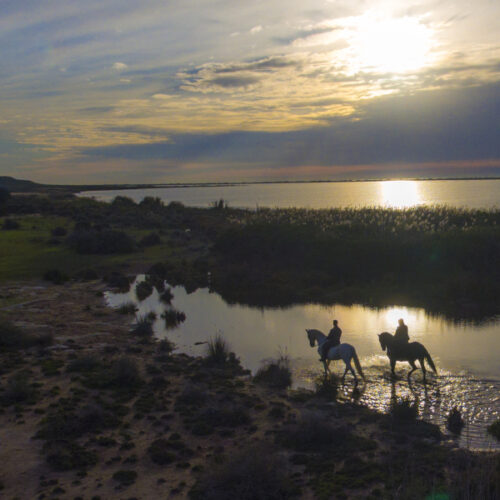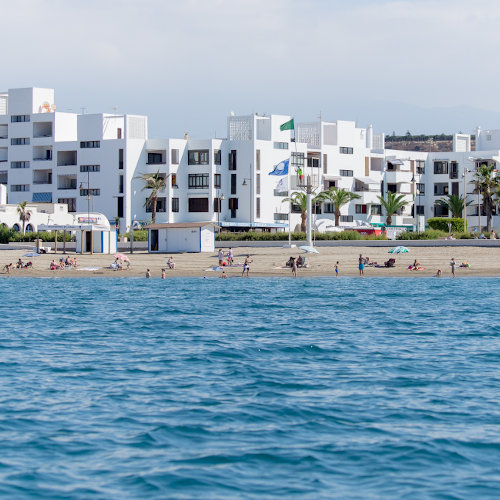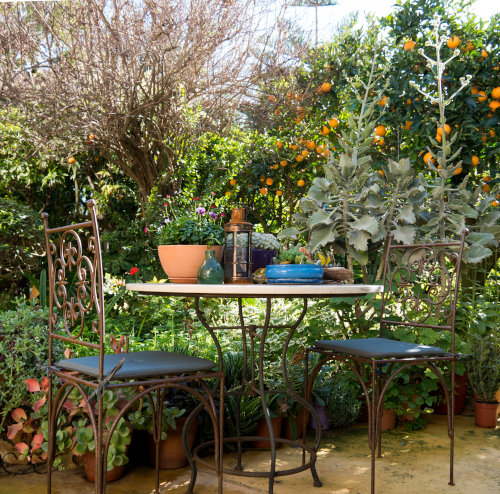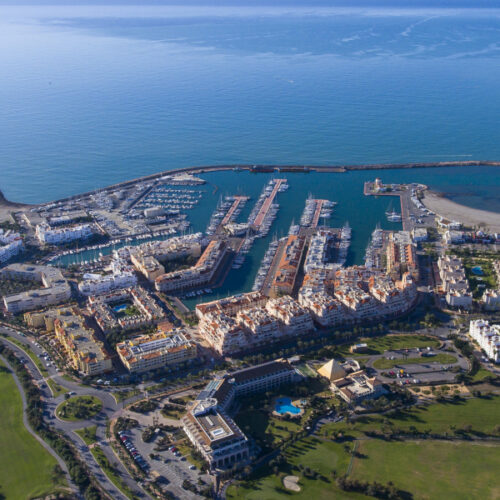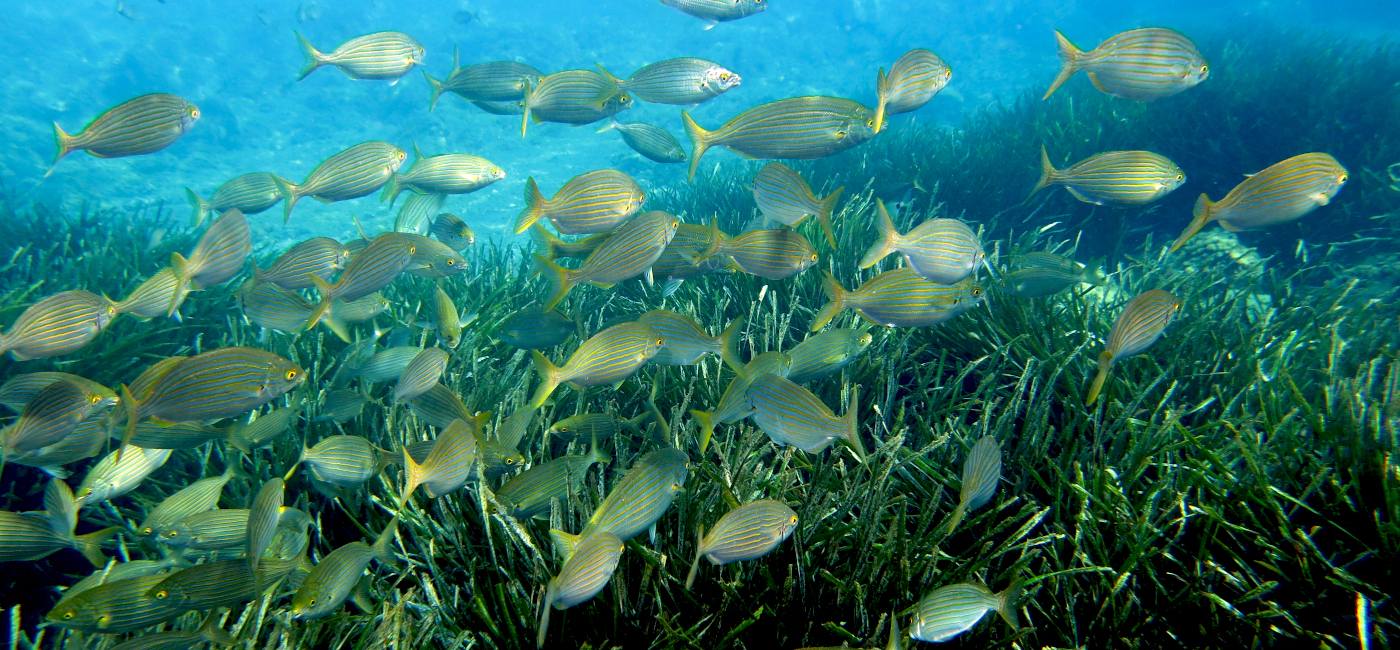
Posidonia oceanica
Posidonia oceanica: an underwater treasure
The coast of Punta Entinas-Sabinar is very rich in Posidonia oceanica, but do you know what it is?
What is Posidonia oceanica?
Posidonia oceanica is not a seaweed. It’s an underwater plant with fruits, roots, flowers, leaves and stem, just like a normal plant. It only lives in the Mediterranean Sea. It forms underwater meadows of great environmental and ecological value. It’s also an indicator of a healthy coastline and clean, purified waters.
Why is it a source of life?
Posidonia meadows are full of life and some of them are more than 6000 years old. They are ecosystems that are home to numerous marine species such as starfish, sea urchins, molluscs, fish and many others. These species use the meadows for nutrition, reproduction, egg-laying and shelter.
What are the sea balls?
The “sea balls” are accumulations of Posidonia leaves, which have become detached as a result of storms and accumulate on the beaches. In no case can they be considered as dirt. They help to protect beaches from erosion processes.
How can we contribute to its preservation?
Posidonia is very vulnerable. Every year, the meadows lose cover and density, due to human activities on the coast. So remember:
- Do not dump waste into the sea.
- Do not anchor over seagrass meadows.
- Contribute to the detection of Caulerpa taxifolia, an invasive algae with devastating effects on Posidonia.
- If you dive, become a volunteer of the POSIMED network.
- Do not buy or consume small fish.
- Consume MSC certified sustainable seafood.
- Use energy efficiently, to emit less CO2 and slow down global warming.
How does El Ejido Town Council contribute to their conservation?
In order to reduce the impact caused by traditional moorings on marine ecosystems, and to promote the improvement of the conservation of sensitive habitats and species, the Town Council has installed 20 low-impact eco moorings on Guardias Viejas beach and on the western part of San Miguel beach, due to the presence of seagrass meadows such as Posidonia oceanica and Cymodosea nodosa. The anchoring is completed with depth buoys, which prevent the dragging of the buoy chain over the meadows.
The investment corresponding to the acquisition of this material has been subsidised by the Andalusian Regional Government, through the Regional Ministry of Tourism, Regeneration, Justice and Local Administration, and co-financed by the European Union, through the European Agricultural Fund for Rural Development.
Our coastline is pure nature – it is our duty to take care of it!


